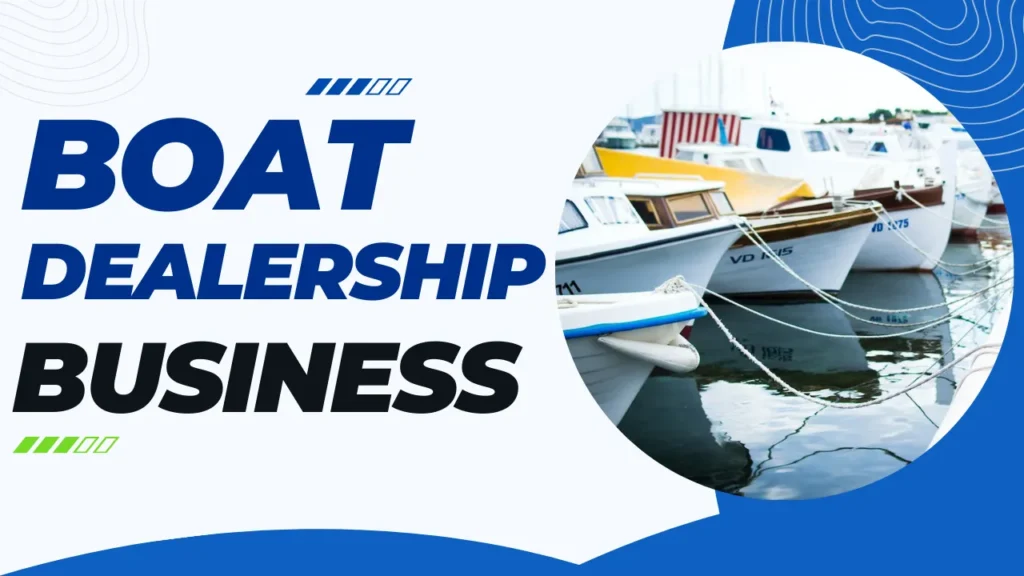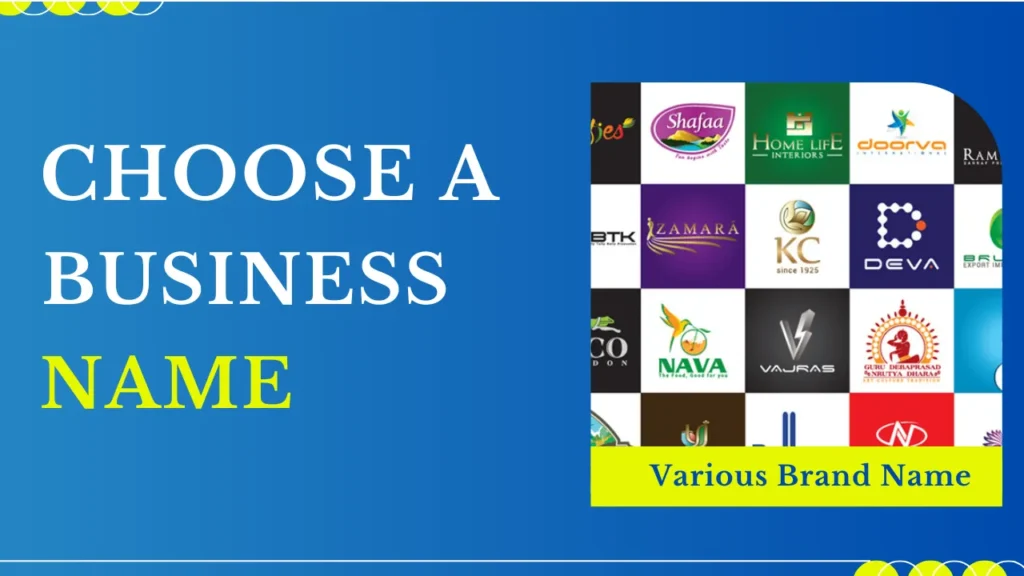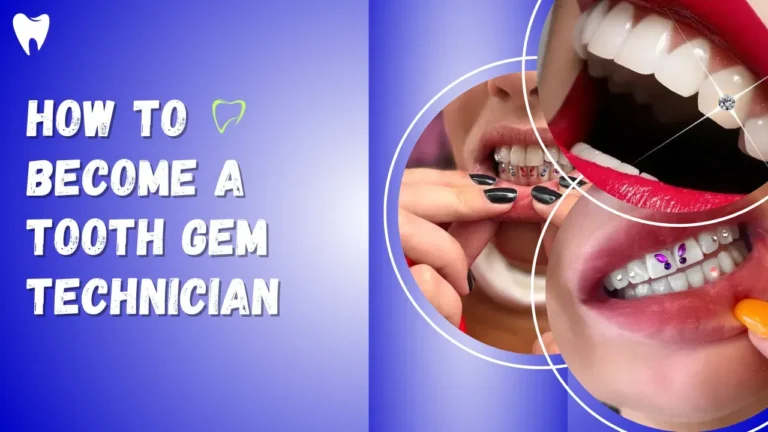If you have a passion for boating, open water, and an entrepreneurial spirit, turn your idea into a profitable business. Starting a boat dealership business could be a lucrative opportunity.
According to the industry reports by IBISWorld.com, the US Boat dealership and repair market revenue is around $35 Billion. There are 97,236 businesses in the USA, and the growth rate is also high, with the industry revenue increasing at a CAGR of 5%.

Establishing a boating, marine, or automobile business requires proper planning and resources to execute the idea. People want to start for many reasons (demand, profit, passion, etc.).
Opening a boat dealership requires a lot of money, hard work, dedication, knowledge, effort, and a great understanding of the industry.
The dealership business can be profitable, but success depends on location, target market, and business model (selling boats or accessories, repairing, and providing storage).
With this guide, we’ll walk you through the steps to set up the business. However, the process covers only key steps. To learn more, you have to do research yourself on different aspects.
Boat Dealership Business Model
A boat dealership is a business or service that sells, buys, and trades boats. Sell various boats, such as motorboats, sailboats, and yachts.
The businesses also offer many services, including financing options, sales, maintenance, repairing, selling accessories or parts, and providing storage solutions for boat owners.
To become successful, focus on customer service and building strong relationships within the boating community. Also, continuous learning, practice, and day-to-day operations give you experience.
Services that a boat dealership company provides:
- Selling a new and used boat
- Boat motor, trailer, and selling accessory
- Boat reaping and maintenance service
- Winterization and de-winterization services
- Boat storage, financing, and insurance
- Boat rental services to customer
- Boat towing, boat dealership, and cleaning service
Service types and model:
- On-the-water service: The dealership company sends technicians to the customer’s location to repair or maintain the boat on the water.
- Dockside service: Service provided at the customer’s dock or marina.
- Mobile service: Repair and maintenance at the customer’s location.
- Emergency service: Quick response for urgent issues.
- Warranty service: Handling warranty claims and repairs.
Accessories the dealership company sales:
- Electronics: GPS systems, fish finders, depth finders, VHF radios, and stereo systems.
- Safety gear: Life jackets, fire extinguishers, and first-aid kits.
- Comforts: Cushions, tables, chairs, awnings, and bimini tops.
- Performance upgrades: Engines, propellers, and outboards.
- Appearance upgrades: Paint jobs, decals, and accessories
Before starting, you must learn about the automobile and boating industry. Having some experience is important to develop the foundational step for the business.
Pros and cons of starting a boat dealership business:
Pros:
- Good profit margins (still depend)
- Recurrent revenue
- Unique services
- Partnerships
- Scalability
- Growth potential
Cons:
- High initial investment
- Seasonal fluctuations,
- Competitive market
- Legal compliance
- Inventory management
- Long working hours
- Expertise needed
Potential challenges facing boat dealerships:
- Demand: Seasonality, shifting preferences, economic factors.
- Inventory and supply chain: High-value inventory, supply chain disruptions, used boat market competition.
- Operations and marketing: Finding qualified staff, marketing in the digital age (require proper skills), competition.
Regulations and marina management can be a challenging part of the business.
How to Start a Boat Dealership Business? Steps

Analyze the market and competition
Before setting up your dealership business, research the market to analyze the boat demand, competition, opportunities, profitability, and other industry-related information.
It is not a good idea to start without knowing how much exactly the demand is for a boat dealership in your area, so the first step is always market research.
Identify the target market and know their needs- what types of boats they are looking for (fishing, pontoon, deck, bowrider, sailboats, and other special boats).
Research your competition: Understand the competition level in your target location.
Analyze the industry trends: Analyze your boating industry, growth, challenges, pricing, trending, popular boats, etc.
Understand the target customer base:
Next, determine your ideal customer by strategically researching the market, focusing on a particular target area, and understanding the customer’s need, demand, and service.
Gather data about target customers by networking with the boating community and attending boating events. Also, you can meet up with other business owners for learning purposes.
The best ways to analyze market behavior are online, social, and digital media. When researching, consider the demographic characteristics of your ideal customers.
- Demographics: Age, gender, income, education, occupation, location, etc.
- Psychographics: Interests, values, lifestyle, etc.
Your target customer can be:
- Recreational boaters
- Fishing enthusiasts
- Water sports enthusiasts
- Luxury boaters
- First-time boat buyers
- Experienced boaters
- Boat rental business
- Corporate buyers
- Boating clubs and associations
- Boat flippers and investors
Research local boating areas, tourists, or residential places, and understand that area to identify your target customers; location research is also important.
Decide the type of dealership

The next step will be to decide the right dealership model, depending on your goal, resources, budget, and planning for growth.
Understand every business model, such as (New boat dealership, used boat dealership, and franchise option). Also, you can provide another type of service: repairing, maintenance, storage, or even brokering.
Still, selecting the right type of dealership option is your own choice, and preference also depends on market demand or customers’ needs.
New boat dealership:
As a dealership company, you can sell new boats directly from the manufacturer and provide different service options to your customers (insurance and financing).
Used boat dealership:
It is also a popular option to sell used boats (previously owned boats). Used boats are affordable; you can focus on specific or various types of boats to sell.
Also, you can start with a hybrid approach to sell used and new boats.
Franchise boat dealership opportunity:
Franchising is an option where you need the franchise agreement to use their brand name and logo; you can connect with a popular boat company that provides a franchise option.
Franchises require more investment for initial fees and for buying inventory.
| Dealership Type | Description | Pros |
|---|---|---|
| New boat dealership | Sells new boats directly from the manufacturer | Wide selection of boats, also you can offer financing and insurance |
| Used boat dealership | Sells previously owned boats | More affordable than new boats, may have a wider selection of used boats to choose from than a new boat dealership |
| Franchise boat dealership | Sells a specific brand of boat that is popular with customers | Franchise dealers have a good reputation and offer many types of services, such as financing, insurance, and maintenance |
Write a boat dealership business plan

Write a business plan to define your goal, strategy, and growth plan.
You can outline your detailed business plan in a paper or a document, including every aspect of your business operation and requirements.
A strategic plan can provide a road map to work accordingly and create an exponential service that fits the market needs, and a plan is always part of your business.
Why is a business plan important?
- To define business goals and strategic
- Helpful in identifying the target market
- Provide ideas to create competitive services.
- Needed when you develop your financial plan
- The plan is essential to securing funding.
The key steps should be included in your business plan:
- Executive summary: Key points, goals, and financials in one page.
- Company description: Value proposition, target market, and team.
- Market analysis: Target market and competition.
- Marketing plan: Strategies to reach the target market.
- Operations plan: Day-to-day operations.
- Financial plan: Three- to five-year revenue, expenses, and cash flow.
If you don’t know how to write a plan, read related blog posts, learn from YouTube tutorials, and find an expert writer to create a well-documented business plan.
Come up with a business name

Create a business name to represent your service as a brand in the market.
Choose a creative, unique, distinct, service-related, web-friendly, and memorable name for your business. Important to attract customers and create a memorable brand.
A catchy and relevant name can convey your service’s essence, build customer trust, and differentiate it from competitors.
Research to find a unique and attractive name following the right steps (legalities, uniqueness, copyrights, and user-friendly).
It is memorable and helps in marketing and establishing a strong brand identity.
Don’t forget to register a domain for building an online presence.
Build relationships with suppliers
Building strong relationships with suppliers and manufacturers is important for the success of a boat dealership business.
To buy a reliable, high-quality, brandable boat that meets your customer demands, finding the right supplier and connecting with the right manufacturing company is a vital step.
Develop your close working relationship, which helps to negotiate favorable terms, pricing, and exclusive deals, which will give you more and more profit.
Benefits of developing a supplier relationship:
- Exclusive boat access and discounts
- Timely market insights and trends
- Fast problem-solving and support
- Improved brand recognition and credibility
- Customization options for customers
- Long-term stability and growth potential
Ultimately, a strong supplier-manufacturer relationship enhances the reputation of your boat dealership service and paves the way for long-term success.
Research on location

Choose a good location to set up your boat dealership business in a high-demanding and potential area, such as near coastal areas, lakeside areas, riverfront locations, and tourist destinations.
Select a location suitable for your boat dealership; your research is important to find some potential areas focusing on the target market.
- Coastal areas
- Lakeside areas
- Boating hubs
- Riverfront locations
- Tourist destinations
- Near marinas and boat ramps
- Near fishing spots
- Near resorts and hotels
- Near major highways and interstates
Estimate boat dealership startup cost
Estimate the startup cost needed to set up a boat dealership, calculate how much is required, and the requirements to set up.
It depends on your planning, business model, and location, and the cost includes (inventory buying, leasing a space, equipment and tools, marketing or advertising, legal expenses, and other ongoing costs).
- Inventory cost
- Facility lease or purchase
- Equipment and supplies cost
- Marketing and advertising
- Ongoing and other expenses
- Franchise cost: depending on the company
So, carefully researching and considering all the factors before starting a dealership business; requires high startup costs, which is risky for every new entrepreneur.
Start from a small scale taking advice from exports.
Know your finances to invest:

The next important thing is funds/money to invest for opening a boat dealership company, starting the dealership business requires millions of dollars.
Estimate your important investment and find funding options with proper planning, such as bank loans, self-funds, angel investors, etc.
Without having proper planning and a selling proposition, no one will invest in your startup. That is why raising capital for a business requires proper planning and a solid goal.
Obtain business licenses and permits
Starting a boat dealership may require obtaining a license, permits, and certification for specific operations, depending on your business size, location, local regulations, and laws.
Check your local government regulations and business ownership/business formation (sole proprietorship, partnership, Limited liability company) to set up your venture.
Requirements – general business license (obtained from your local municipality or county), seller permits (for tax purposes), zoning approval, dealer registration, boat dealer license, etc.
You can consult a legal attorney or specialist to learn the process and necessary documentation before pursuing the line.
Read online resources to understand the basics:
- SBA (U.S. Small Business Administration)
- FMC (Federal Maritime Commission)
Build a skilled staff or team
Why is an experienced team important?
Some reasons why you need to hire an experienced team:
- Knowledge and expertise
- Efficiency and Productivity
- Problem-solving skills
- Customer Satisfaction
How to hire an experienced employee?
- First, identify your needs
- Write a job description
- Advertise the positions
- Select some skilled applicants.
- Interview the candidates
What type of staff is needed for your business:
- Salespeople: Sell boats to customers.
- Boat technicians: Maintain and repair boats.
- Customer service representatives: To answer customer questions and provide information about boats and your services.
- Finance and insurance managers: Help customers finance and insure their boats.
- Parts and accessories manager: Orders and stocks boat parts and accessories.
- Additional: Office, Marketing, and Warehouse Manager.
Basic skills should have for running a business:
- Business acumen: Financial, sales, marketing, inventory, operations.
- Industry knowledge: Boat types, marine industry trends, and local boating regulations.
- People skills: Communication, leadership, teamwork, etc.
- Important: Passion, dedication, customer love, and problem-solving skills.
Learn the marketing strategies

Marketing is vital for a boat dealership because it helps you connect with potential buyers and build a strong brand presence.
Create an effective marketing strategy and promote your dealership business.
To get more sales, you need to identify your target audience, utilizing different marketing strategies and ideas (website, social media, content creation, advertising, etc.).
- Website and SEO: Create and optimize your website for online presence and SEO.
- Social Media: Create social media profiles (Instagram, Facebook, YouTube, Pinterest) and always be active in your profiles, run paid ads, and engage with the boating community to improve your brand awareness.
- Email Marketing: Email Marketing is the best way to engage your audience and create an email list for boat updates and promotions.
- Content creation: Produce informative content about boating on your blog and social channels.
- Local presence: Focus on local SEO, participate in boat shows, and host events.
- Online listings: List boats on popular marketplaces and listing on Google My Business.
- Video Marketing: Create high-quality boat walkthrough videos and publish them on YouTube.
- Paid advertising: You can also invest in PPC campaigns.
- Partnerships: Build good relations with other boating businesses and collaborate with local businesses and clubs.
Resources: Learn the best marketing ideas for a boat dealer.
The best idea is – to research, experiment with different marketing methods, and build a community around the customers. Focus on great customer service.
Frequently Asked Questions
Is a boat dealership profitable?
Starting a boat dealership business can be profitable, but it requires higher investment, experience, skills, good networking, and proper resources to make the business profitable. According to the Industry Reports by IBISWorld.com, the US Boat dealership and repair market revenue is around $35 Billion. Also, there are many benefits of starting a dealership business (good profit margin, scalability, growth potential, recurring revenue model, etc.).
How do I become a charter yacht broker?
To become a charter yacht broker, you need to gain experience, be certified as a broker in different skills, and, most importantly, network with other yacht brokers and industry professionals to get clients.
How to become a boat dealer?
Choose the right model (new/used/franchise), research the market/regulations, secure funding and a growth plan, and launch your boat dealership.
How much do boat dealers make?
On average, boat dealers can make anywhere from $62K – $112K yearly (data source –glassdoor.com). The income of boat dealers can depend on the target location, market demand, the types of boats they sell, and their experience level.
Final thought
The boat dealership Industry offers both profit potential and challenges, also the business provides a unique opportunity to make money.
So, learn the foundational knowledge of the boating industry and the process of the dealership business model, and start your venture in this industry.
Create a careful plan, select a business model, find an ideal location, build supplier partnerships, and hire an experienced staff to manage the business.
This is the basic roadmap: Before you start, the dealership business does further research and consult with experts to get practical guidance.
Related Post:





